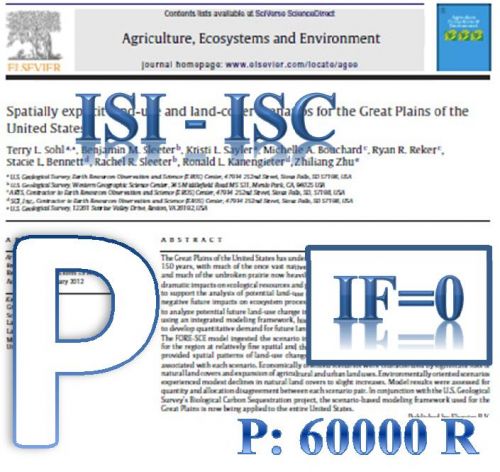One of the important issues both in the political discussion about climate change and in forest ecosystem research is carbon sequestration. In this paper, we estimated soil carbon sequestration (SCS) in two Persian oak forest stands of different origin (seed and coppice). Soil samples were taken at two soil depths (0–15 and 15–30 cm) and locations (under the tree crown and open area) in each oak stand. Results showed that surface layers (0–15 cm) had the highest soil carbon sequestration ranging from 41.2 t·ha–1 to 47.9 t·ha–1 for both oak forests. The total SCS was higher (between 79.5 and 89.07 t·ha–1) in open areas of the two forest stands than under the crowns of oak trees. Finally, the amount of total SCS in seed originated forest (SOF) (86.52 t·ha–1) was significantly greater (P < 0.05) than in coppice forest (CF) (77.70 t·ha–1). The results indicate that a relatively large proportion of C loss in CF is due to overgrazing, forest degradation and conversion to coppice forests in the study area
کلید واژگان :carbon pool; , soil characteristics;, coppice forest; t, Zagros fores
ارزش ریالی : 1200000 ریال
با پرداخت الکترونیک
